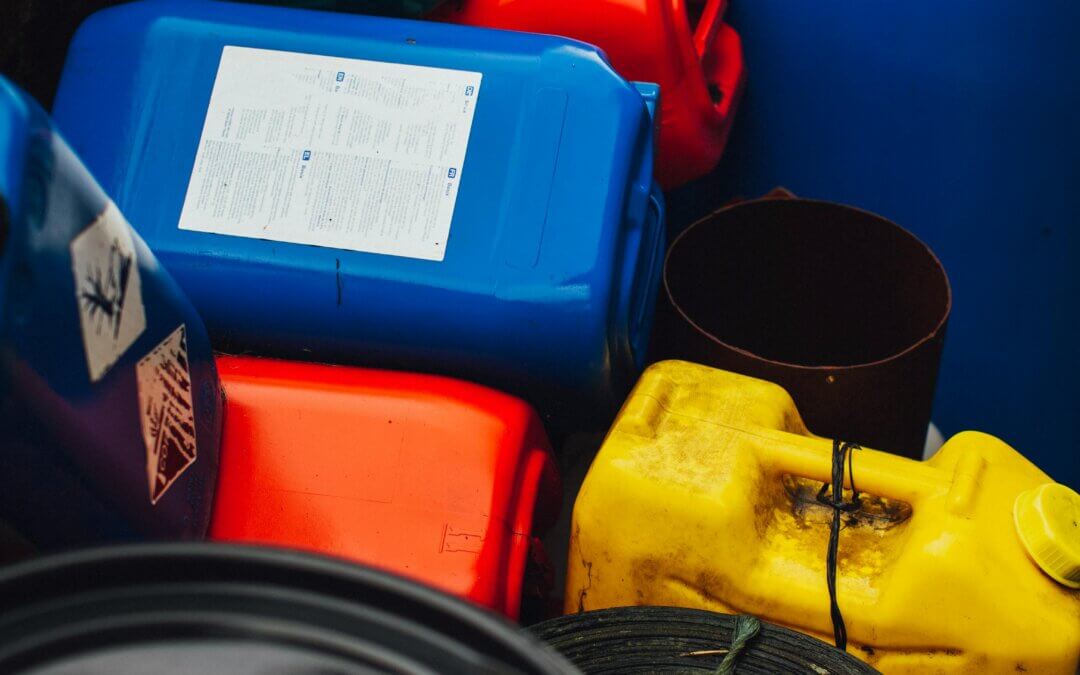When it comes to methamphetamine contamination, using unapproved cleaning methods or chemicals poses significant risks. Many so-called “meth cleanup chemicals” on the market contain agents which may mask the presence of methamphetamine. A popular cleaning agent is hydrogen peroxide, its use in this context raises serious health, safety, and property concerns.
Key Risks of Hydrogen Peroxide-Based Chemicals
- Health Hazards to Technicians and Occupants
- Hydrogen peroxide can irritate the skin, eyes, and respiratory system, especially in higher concentrations often used in decontamination.
- Prolonged exposure can lead to serious health issues, putting both decontamination technicians and property occupants at risk.
- Property Damage
- Hydrogen peroxide-based chemicals usually require significant dilution with water. Excessive water can damage floors, walls, cabinetry, and other surfaces, weakening structural integrity and increasing repair costs.
- Water damage from improper application may also lead to mould growth, creating additional health risks and costly remediation efforts.
- Non-Compliance with Standards
- As a strong oxidising agent these chemicals are not approved by the NZS 8510:2017 Standard for Testing and Decontamination of Methamphetamine-Contaminated Properties.
- Use of unapproved methods can result in non-compliance with local regulations, voiding certifications and making the property unsafe for future occupancy.
Importance of Using Approved Methods
The NZS 8510:2017 Standard is designed to ensure effective and safe methamphetamine decontamination. Approved methods and chemicals are rigorously tested to mitigate health risks, prevent property damage, and deliver reliable results. Property owners and technicians must prioritise compliance with these standards to ensure the safety and integrity of the property.
Best Practices for Meth Decontamination
- Always use NZS 8510:2017-compliant cleaning agents and procedures.
- Ensure technicians are properly trained and certified in methamphetamine decontamination.
- Check that the cleaning solution used does not chemically interfere with methamphetamine residue during cleaning, masking contamination levels.
This can lead to false negatives on retests, creating a dangerous situation where contamination levels remain undetected.
By understanding the risks of unapproved methods and committing to best practices, property owners and decontamination professionals can ensure safer, more reliable, and regulation-compliant results.

